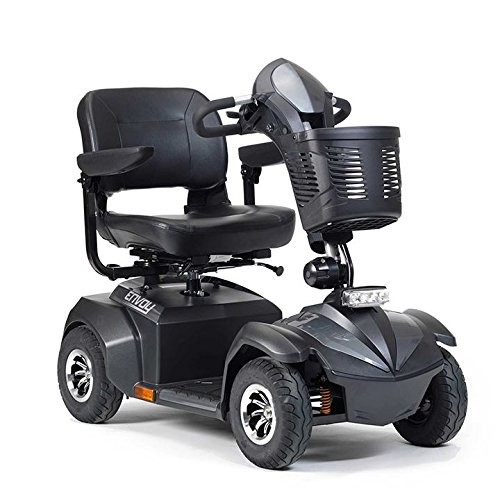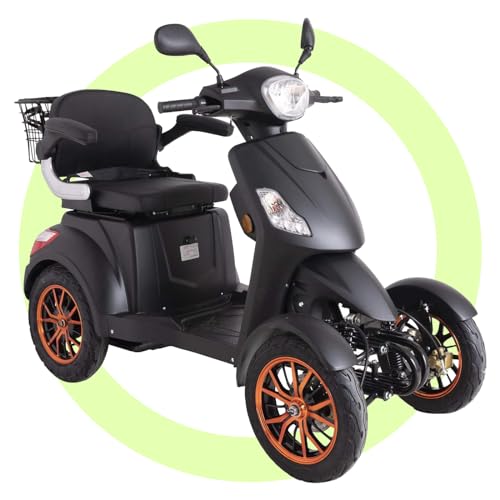Stove Fireplaces - How to Choose, Install and Maintain a Stove Fireplace
A stove fireplace is a great way to warm your home. To light a fire, crumple up newspaper and place it on the grate of your stove. Put a pyramid of tinder on top and keep the vents for air open to accelerate heating.
Make sure to use kiln dried or seasoned wood to avoid creosote accumulations in the chimney. The damper should be opened only when the stove isn't hot. This will allow heat to escape, releasing toxic substances in the room.
How to select a wood-burning stove?
A stove fireplace can add style and comfort to a room. It is crucial to choose the right stove. There are a variety of factors to consider, including size, type and installation. When choosing a stove safety is a crucial aspect to take into consideration.
The first thing you need to do is decide whether you'd prefer to install an insert or freestanding stove. An insert is typically placed in a fireplace that is already there while freestanding wood burning stoves can be installed anywhere in a building. Freestanding stoves are more versatile than inserts and offer several advantages including better radiant heat and the capability to cook on them. They can also be used to heat water and are a good alternative in the event of power failures. Modern freestanding wood stoves can be seen in the variations of American Shaker stoves by designer Antonio Citterio and the suspended bulbous stove made by Danish brand Wittus that is featured on the famous architect Bjarke's Copenhagen houseboat.
When choosing a stove you should also consider the size of the area you're looking to heat. Small stoves are ideal for heating the smallest of rooms or 913875 (
Www.913875.Xyz) cabin, while medium-sized wood stoves are ideal for larger homes. Larger wood stoves are usually ideal for grander properties and those with difficult draft problems.
Once you've determined the space you want to heat with your stove, it is time to choose a model. A stove that is too big for the space might overheat, and produce too much heat. This leads to poor efficiency in energy and higher fuel costs. Using a stove calculator and getting advice on sizing from experts can help prevent this issue.
It is crucial to select one that is in compliance with the minimum requirements of emissions regulations. All stoves sold in Britain must now be compliant with the Ecodesign requirements, which guarantee higher efficiency and lower emissions than the older models. When choosing an appliance that is new look for the "ClearSkies" label.
Installation
The installation of a fireplace stove is a complicated task that requires expert expertise. It is essential to choose a professional installer that will ensure that your wood stove is properly installed and complies with the local building regulations. In addition to installing the stove, your installer will also have to install a flue liner and ensure that the chimney is sized. The flue liner and chimney should be constructed from materials that are suitable for use in a stove fire and can withstand the high heat produced during combustion.
Make sure to select the ideal the best location for your stove before you begin the installation. It is best to place it on the first floor of your house in the area where you spend the majority of your time. It is also important to select a spot that has adequate clearance from the combustible areas. This includes floors, furniture and walls made from drywall, plaster, or paneling. It is recommended to consult the stove's manufacturer's instructions for the correct distance from combustible surfaces. If your stove is not listed, you should adhere to the National Fire Protection Association recommendations regarding clearances.
You should use a non-combustible pad for your floor below the stove. This must be at a minimum of 250mm wide and 225mm deep. It should be constructed of non-combustible tiles or bricks. The heat generated by the stove will be transferred to the floor 913875.Xyz (
Www.913875.Xyz) by this pad, and it is essential that it is designed to dissipate the heat. The pad must be replaced as it wears down.
It is also important to ensure that you have the space to store the wood that will be used as fuel for your stove. It is recommended that the wood be cut and dried before it is used in your stove. This will decrease maintenance and reduce the amount of tar that builds up in the flue.
If you have an existing fireplace, it may be possible to fit stoves without the necessity of a chimney. You should consult the local council's website or offices to determine whether this is an appropriate alternative for your home. You can install direct fireplaces in the event that you do not have a chimney. A flue pipe that's been insulated will work as alternative. But, you must make sure that your installation is in compliance with all local and HETAS regulations before using the stove.
Safety
A fireplace with a fire creates a cozy holiday atmosphere. It's easy to take pleasure in the warmth of the flames and the roar of the logs. However, it is important to use caution when using the fireplace to be safe from dangers from fire. Smoke detectors and carbon dioxide alarms are essential for fire safety within the home and a family escape plan. Other fire-related safety steps are to keep children away from the fireplace and wood stove by preventing pets or children from stepping to the flames, and keeping the chimney clean of flammable creosote buildup.
It is recommended to have your chimney cleaned and inspected by a professional each year, whether it is a pellet, wood or gas stove. A clean chimney can help prevent chimney fires as well other hazards to safety such as carbon monoxide poisoning. You should also clean the flue and damper regularly, and placing woodstove ashes into a metal container that is kept away from the house.
You should also open the flue vents when you are using a gas or a pellet stove to regulate airflow and reduce smoke. The EPA recommends that the chimney is vented to the outside at least three feet higher than any combustible area and the top of the chimney should be lined with a chimney liner.
It is essential to ensure that the fire is completely out before leaving or going to bed. It is also recommended to have an extinguisher of class A near by and keep it clear of any debris to make it accessible in the event of an emergency.
Installing the stove correctly is also crucial. It should be correctly installed in the room and must be the proper distance from combustible materials. Do not connect your wood stove to a chimney that is used by another appliance such as water heater or furnace, since this could cause dangerous carbon monoxide leakage into your home.
It is also crucial to use the right type of wood. Avoid burning scrap wood, painted or treated lumber, rotten or wet timber, or pressure-treated logs. These could release harmful chemicals into the air of your home, which can cause respiratory irritation and irritation to your lungs.
Maintenance
Installing, buying and installing stove fireplaces can be an effective option to cut down on heating costs and keep your home warm. To avoid any risks or damages, it is important to follow the proper maintenance procedures. This includes scheduling annual chimney sweeps and inspections, making sure the area around the wood stove is free of any flammable or debris materials, placing smoke detectors around your home, and keeping an extinguisher that is easily accessible in an accessible location, and regular cleaning of the wood burning stove and the chimney that connects to it.
Wood stoves require less maintenance than fireplaces made of masonry, but they require regular maintenance in order to function safely and effectively. Wood stoves, despite the exact procedure for cleaning will differ based on the model,
Www.913875.Xyz will require regular cleaning of creosote accumulation inside the chimney and flue. Additionally, it is important to keep the firebox clean of any flammable materials and ensure that the baffle plates, riddling grate, and bottom burn plate are in good condition. Check the gaskets on the glass door to see whether they are showing signs of wear and tear. This could allow cold air to enter your home, which can reduce the efficiency of the heater.
Stove fireplaces that are not properly maintained can lead to a fire that breaks out of the firebox and enters the house, posing the risk of fire damage, and may cause injuries or even death. To prevent this from happening homeowners must be sure to follow the instructions of the manufacturer for the operation of their stove. This will ensure that all combustion byproducts have been cleared from the house and the stove is operating at the right temperature to ensure efficient operation.

It is essential to wait until the fire has cooled before emptying the ash pan. Ashes can still contain embers after the fire has been extinguished. Improper disposal of ashes is a major
913875 (
https://www.913875.Xyz/) cause of fires in wood stoves. Therefore it is suggested that homeowners utilize a metal ash container and dispose of them in a secure way.
